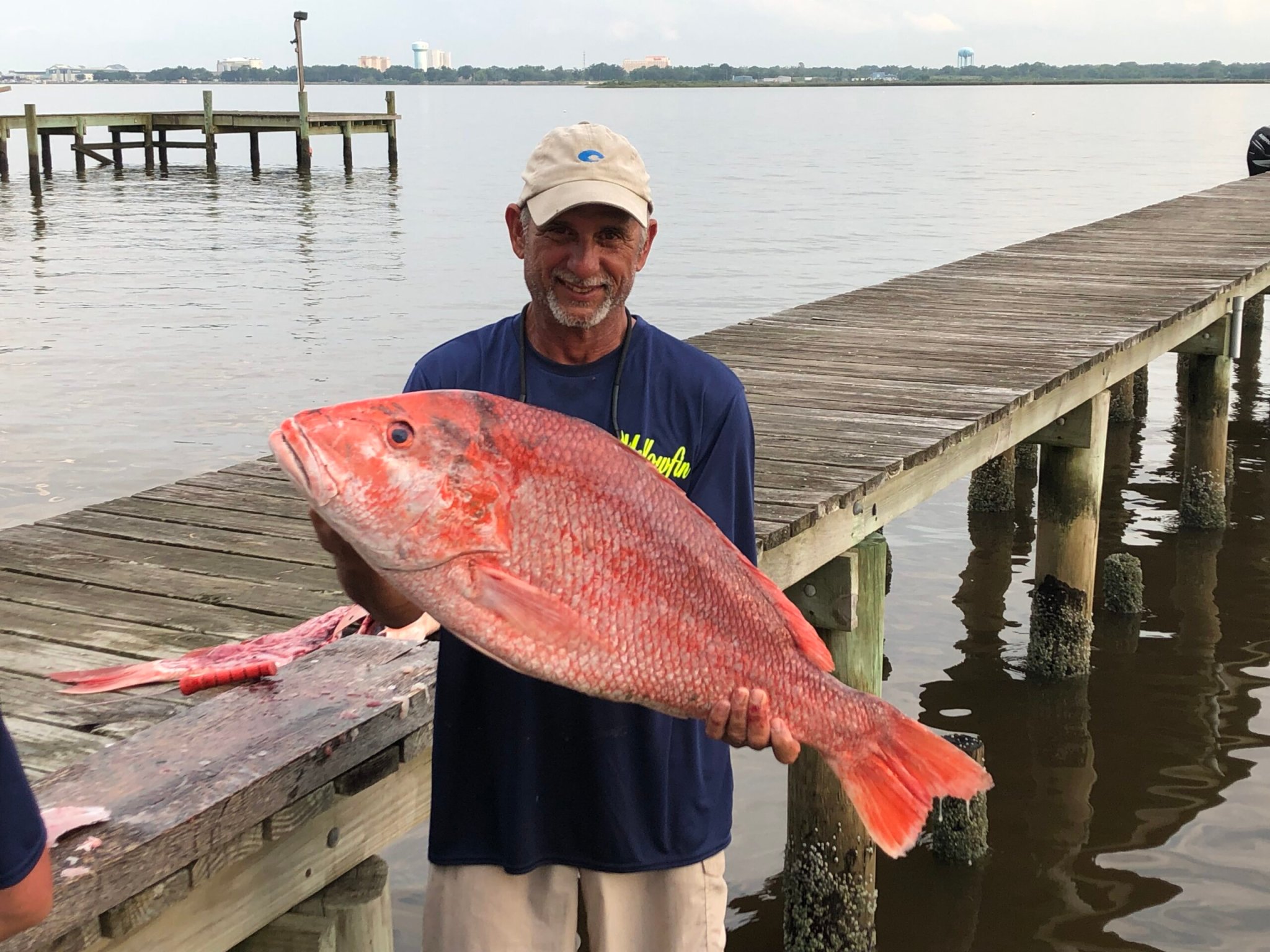Recreational anglers and NOAA Fisheries, a federal regulatory agency, have a long history of disagreements over regulations governing red snapper harvest in both the South Atlantic and Gulf of Mexico fisheries. But that growing discord between state fisheries management personnel and federal fisheries folks has reached a new level as the Costal Conservation Association’s conservation director Ted Venken is disputing red snapper numbers, catch recordings by sport anglers, and how they ultimately may lead to tighter federal control over snapper seasons and harvests for sport fishermen.
“Like a good federal government agency, NOAA Fisheries believes its data is the only right data,” Venker told The Fishing Wire. “Rather than continue to insist it is always the smartest entity in the room, NOAA Fisheries should work on being a better partner to the Gulf states as well as the angling public, and commit to getting to the bottom of wild data discrepancies [of red snapper catches] before cramming down damaging, punitive measure[s].”
Venker is upset about NOAA discounting recent snapper data that were collected by Gulf states. The state data conflicts with NOAA data, particularly in Mississippi and Alabama. These states have implemented detailed mandatory catch reporting for red snapper, a highly prized fish.
“Mississippi’s federal data is particularly consistently inconsistent,” says Venker. “In September 2019, the state’s private boat recreational red snapper season was open for only five days and yet the federal system says somehow Mississippi produced 2,482 trips per day, harvesting 68,997 pounds of red snapper every day for a total of 344,984 pounds in just those five days…In 2020, the Mississippi season was open for a single day in September and the feds say anglers made 980 trips that day and caught 32,892 pounds of red snapper.”
In contrast, Venker says the most trips the Mississippi state data system, Tails ‘n Scales, has ever logged in a single day is 513, with an average of 95 trips per day over the last four years. Topping it off, Venker adds, in 2015 the federal survey system in use at the time initially reported not a single red snapper had been landed in Mississippi.
Venker says Alabama fisheries officials have similar discrepancies between their state snapper catch data and NOAA’s.
“On a single day in 2017, the federal data system says recreational anglers in private boats made 16,883 red snapper trips from Alabama ports,” Venker says. “That number would require 64 percent of all the licensed saltwater anglers in the state to be snapper fishing on that one day.
“Using an average boat length of 26 feet, that level of activity coming out of Alabama ports would result in a solid bridge of boats—lined up bow to stern—more than 83 miles. The most intense day in 2019 would result in a line of boats more than 64 miles long, and in 2020 that line would have to be 44 miles long.”
That level of red snapper fishing activity is simply impossible, says Venker, particularly in Alabama, with only a 50-mile wide Gulf of Mexico coastline.
Since Mississippi and Alabama are relatively small and easy to monitor, state officials have a high degree of confidence in their numbers.
“The frustration of Mississippi and Alabama officials is palpable and understandable as all those examples and more have been presented many times to NOAA Fisheries,” Venker states.
Venker says NOAA has gone back and forth in opposing positions with the federal Gulf of Mexico Fisheries Management Council regarding red snapper stock assessments, which dictate snapper seasons and limits for fishermen. At the August meeting, Venker continues, NOAA Fisheries attempted to force each Gulf state to reduce its red snapper quota by 23 percent to account for the supposed overages in snapper catch of Mississippi and Alabama. The Gulf Council rejected that proposal.
“The one thing the adversarial, bizarro world of red snapper management has taught over the years is that there is always new and better information to take into account and always more to learn,” Venker concludes. “Unfortunately, the smartest person in the room is often the only one in it incapable of learning anything new at all.”
You can read about how NOAA handles snapper management here.

